THE ROCKY HORROR PICTURE SHOW: Phenomenon Explained
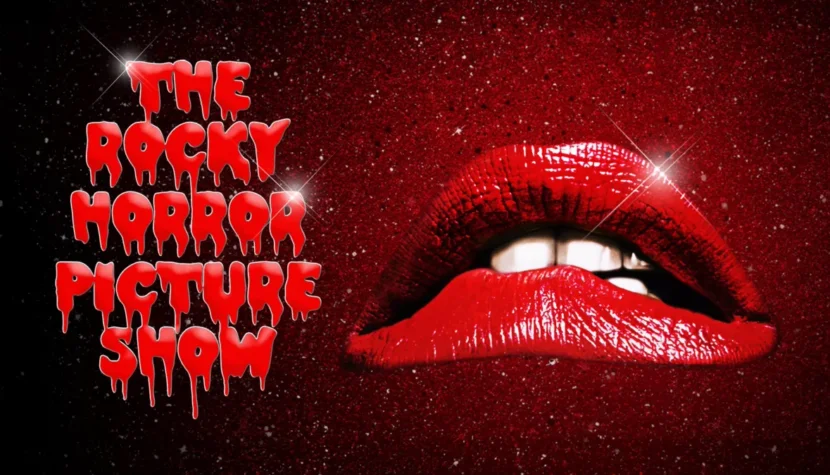
Cult status, of course, is a highly unpredictable phenomenon—impossible to plan and very difficult to measure. However, the claim seems quite reasonable, as I will now attempt to demonstrate.
The idea for The Rocky Horror Picture Show —initially without the word “Picture” in the title—was born in the late 1960s and early 1970s in the mind of British performer and actor Richard O’Brien (O’Brien appears in the film as Riff Raff, the hunchbacked servant of Dr. Frank-N-Furter). O’Brien had previously performed in several stage adaptations of well-known musicals (including Hair and Jesus Christ Superstar), but he had no original works to his name. When he lost his job as an actor in 1973, he decided to write a musical that would combine his two greatest passions: his love of 1950s and 1960s science fiction and horror films, and his appreciation for rock ‘n’ roll of the same era. O’Brien presented a draft of his script to director Jim Sharman—who would later direct the film version—and the two decided to stage the play in a small London venue seating about sixty people.
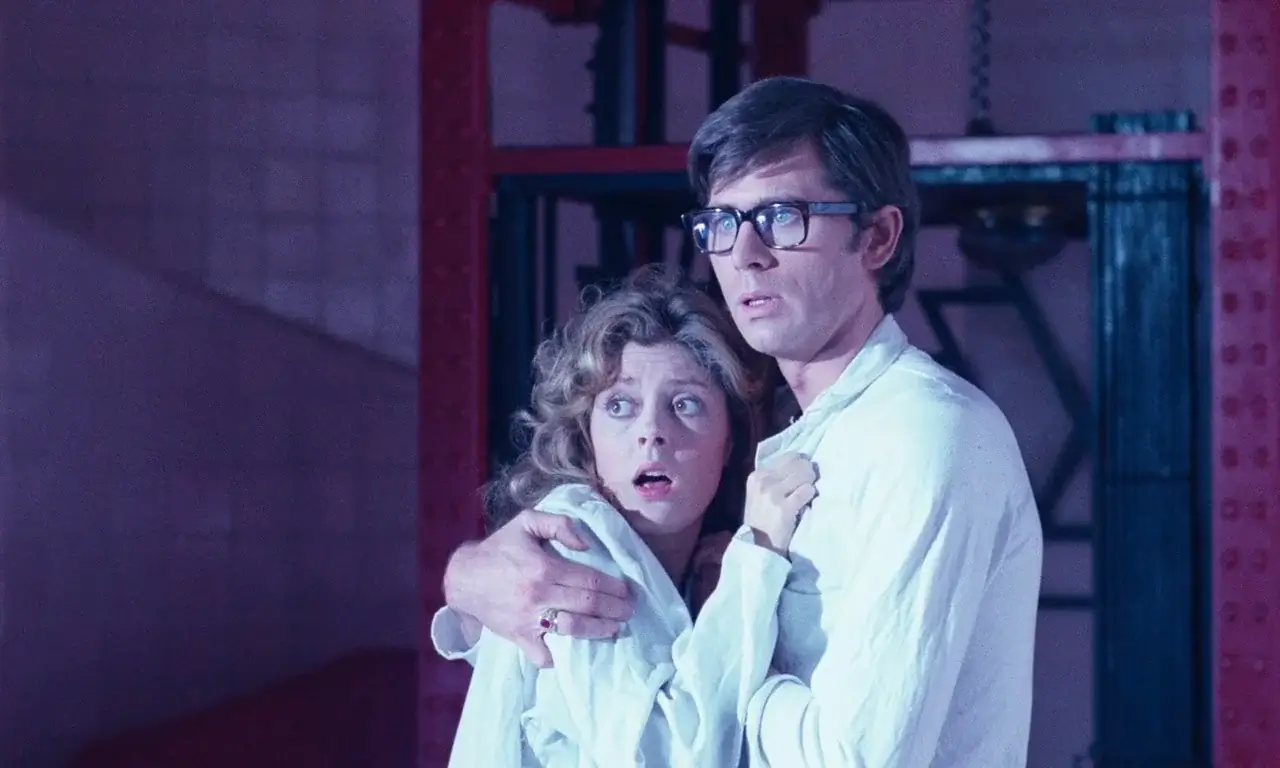
The Rocky Horror Show quickly achieved significant success with both theater critics and ordinary audiences. Its interactive nature contributed greatly to its popularity—for instance, actors would throw glitter at the audience during certain scenes, and ushers dressed in rubber monster masks patrolled the aisles. Even at this early stage, Tim Curry’s incredible performance as Dr. Frank-N-Furter, a role he would later reprise in the film, was noted. This success allowed the production to move to larger venues, first to one with over 200 seats and then to one accommodating as many as 500. The potential of the musical caught the eye of American producer Lou Adler, who brought The Rocky Horror Show to Los Angeles. There, O’Brien’s musical also became a hit, running continuously for nine months with packed houses. It is even rumored that Elvis Presley attended one of the performances.
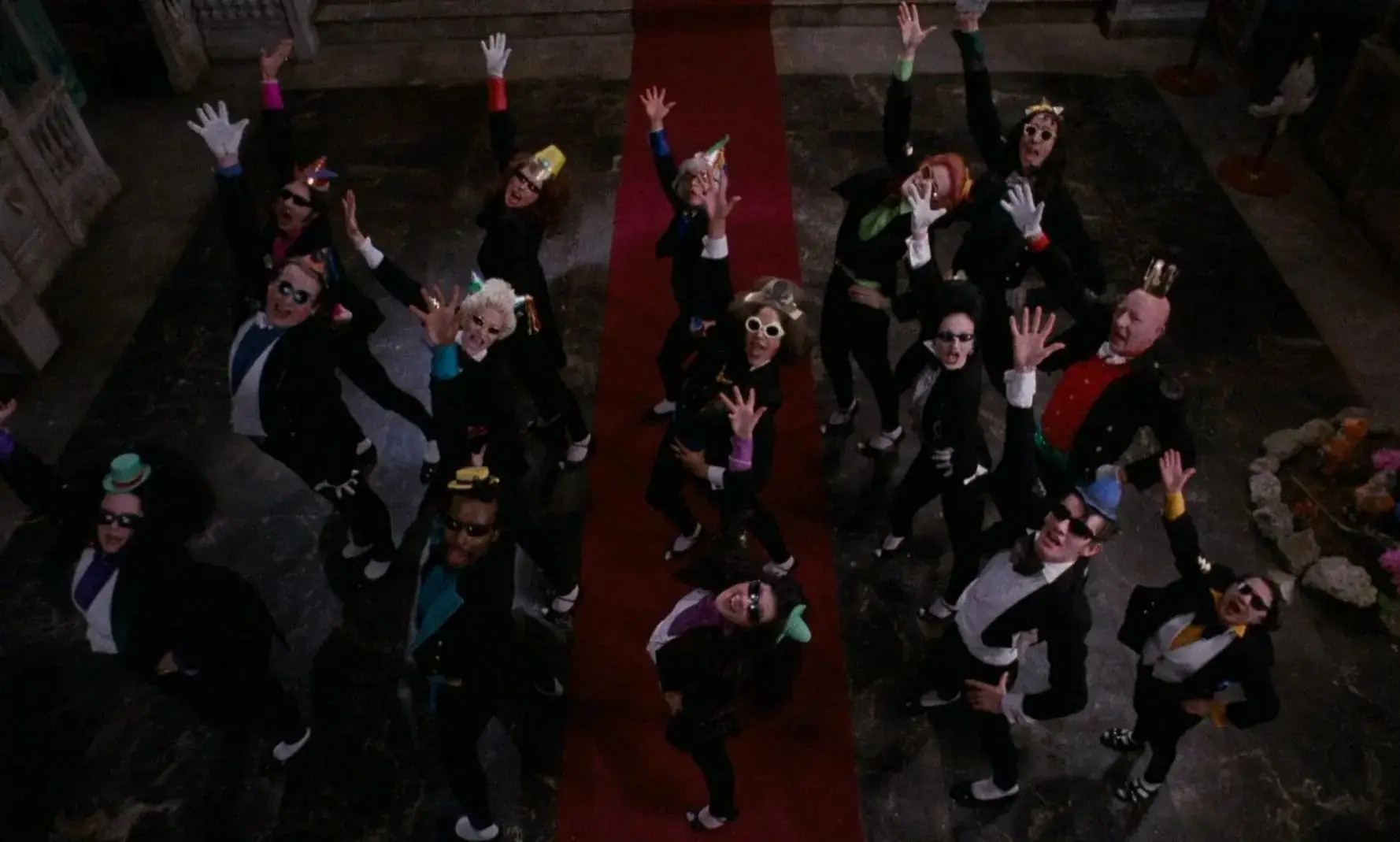
A film adaptation was the obvious next step, with 20th Century Fox taking on the project. The cast was expanded to include new actors, such as Barry Bostwick and Susan Sarandon as Brad and Janet, as well as musician Meat Loaf. Some songs were replaced, and a few changes were made to the script. Much of the film was shot at England’s Bray Studios, which was famous for producing Hammer Horror classics such as Horror of Dracula and The Curse of Frankenstein. At this point, all indications were that the film would be a box office success. However, when The Rocky Horror Show debuted on Broadway during the film’s post-production phase, it marked its first career failure, both in terms of attendance and critical reception. It’s hard to pinpoint why the Broadway production failed to resonate with the New York audience, but it may have been due to the American producer’s overemphasis on spectacle, which somewhat lost the charm of the original. Contemporary reviews often criticized it for being too loud and flashy, lacking the impact of the smaller productions.
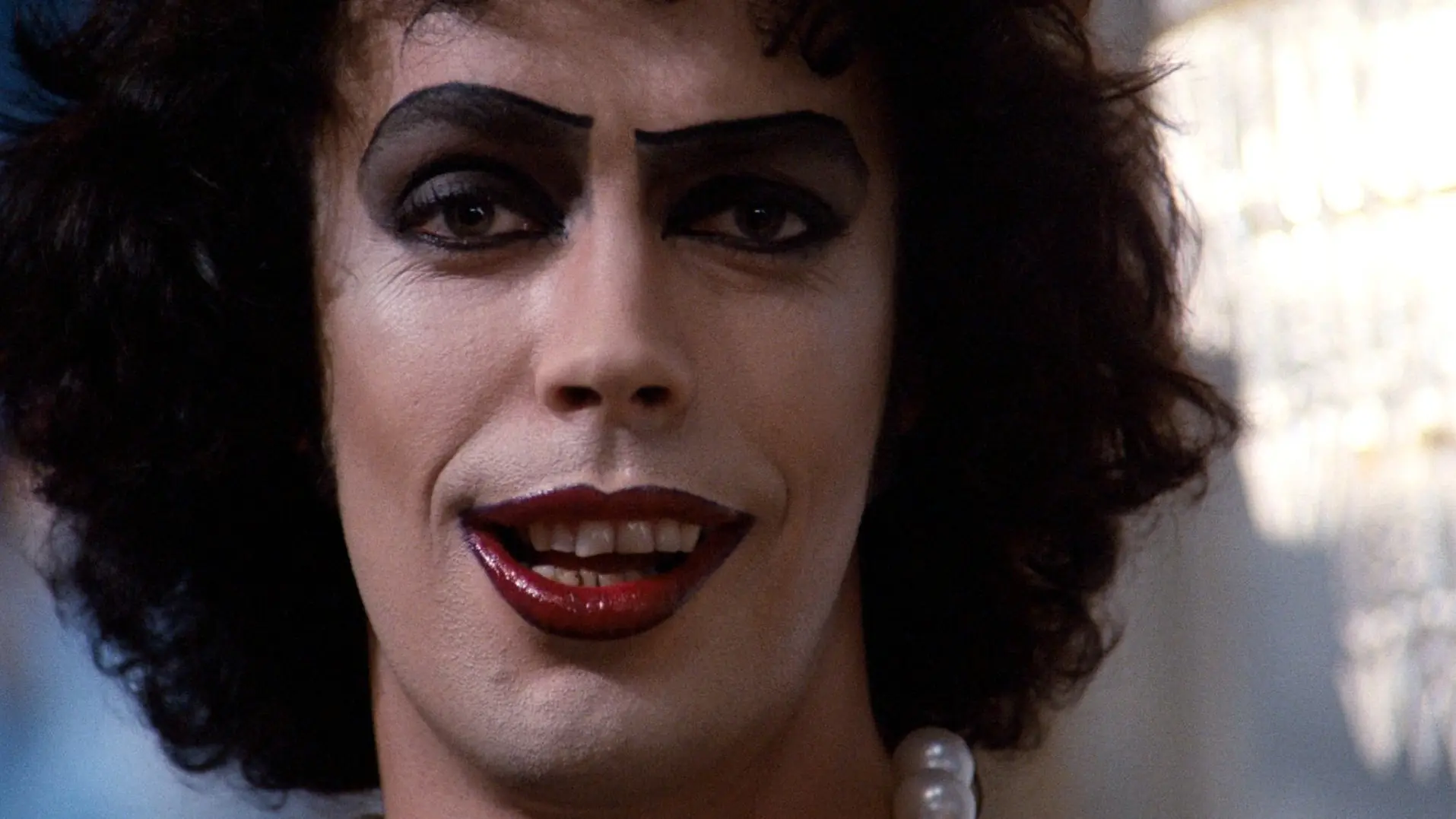
This failure dimmed the commercial prospects of the film. Test screenings of the edited film were also met with lukewarm reactions, leading the studio to consider shelving The Rocky Horror Picture Show. Since it was a relatively low-budget film (costing just over a million dollars), shelving it would not have been a significant financial loss. However, one of 20th Century Fox’s marketing experts noticed that every screening was attended by a small but highly enthusiastic group of viewers who were visibly excited about each subsequent showing. The decision was made to release The Rocky Horror Picture Show in very limited distribution. This revealed an unusual and previously unseen phenomenon: while most theaters attracted very small audiences, one cinema in Los Angeles consistently drew full houses, often consisting of the same fans who attended weekly, memorizing the songs and singing along with the characters.
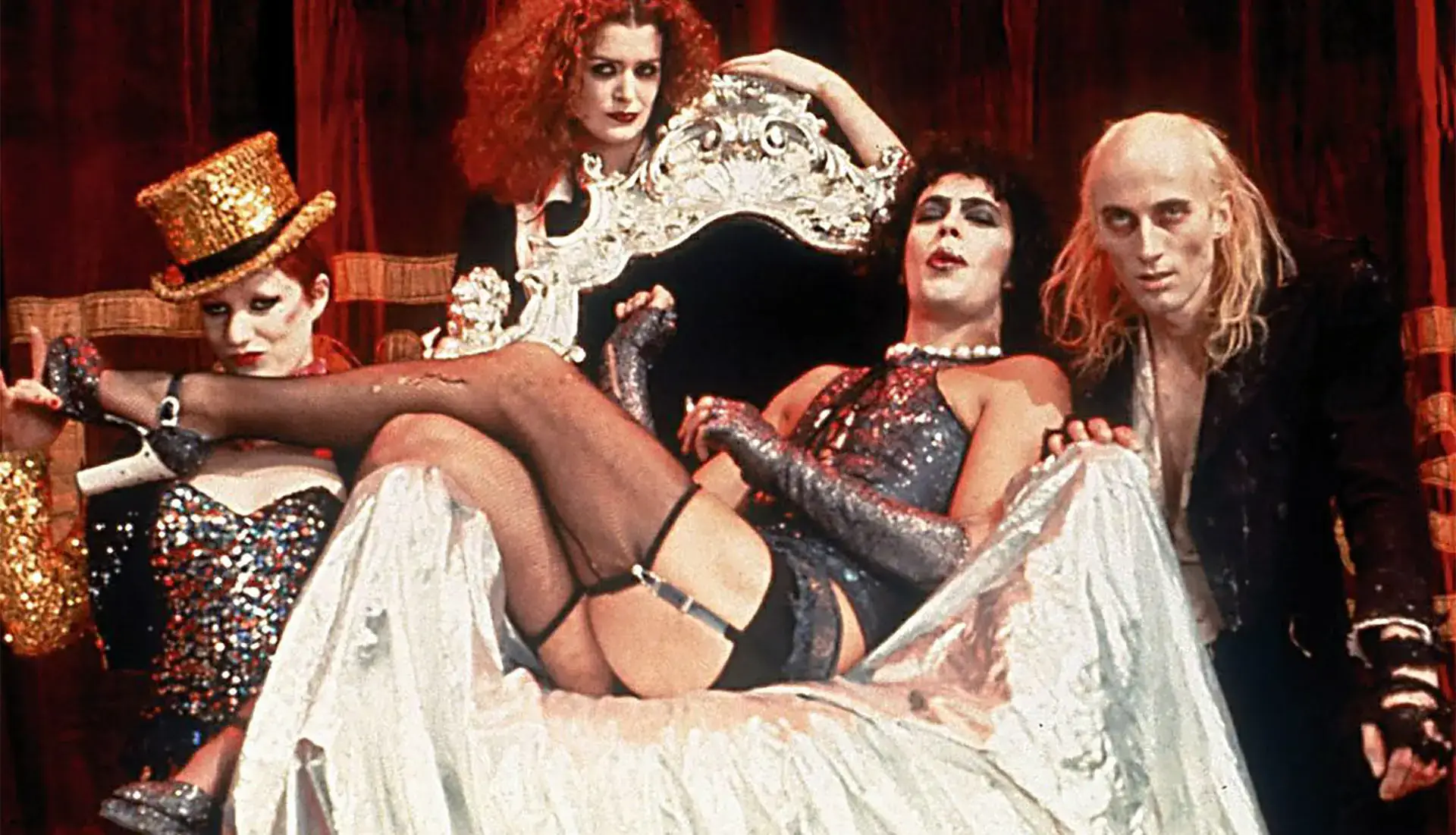
The studio heads decided not to withdraw the film from distribution but instead to screen it at midnight showings. Midnight screenings—held in hundreds of theaters nationwide, typically in larger cities—had become an important distribution channel in the 1960s and 1970s. These screenings featured films that, for various reasons, were not distributed in the usual way. In the 1960s, they showcased avant-garde works (including those by Andy Warhol) and later exploitation cinema, such as horror, science fiction, and erotica films made on small budgets without the support of major studios. In the 1970s, midnight screening hits included films like Alejandro Jodorowsky’s El Topo, George A. Romero’s Night of the Living Dead, John Waters’ Pink Flamingos, Tod Browning’s rediscovered Freaks, and David Lynch’s debut Eraserhead. These films were original, wild, and audacious, offering something entirely different from the daytime cinematic fare.
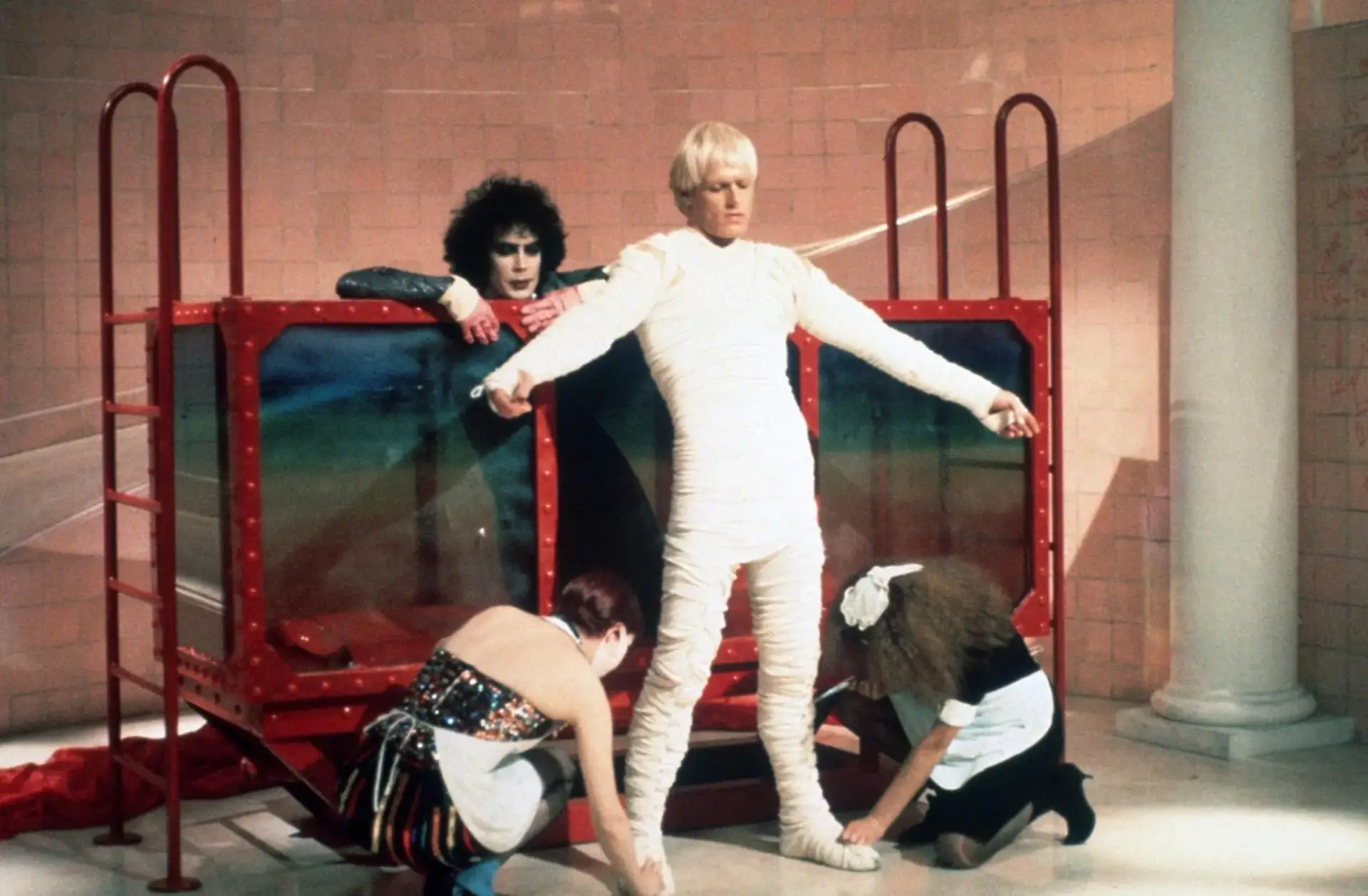
The Rocky Horror Picture Show debuted at a midnight screening at the Waverly Theater in New York in 1976 and became an instant hit. Early midnight showings were massive commercial successes, prompting the studio to release up to 200 copies to theaters across the country. The film was usually screened twice a week (on Fridays and Saturdays), and the audience often consisted of the same dedicated fans, who recited key lines along with the characters, sang, and danced in front of the screen (the film explicitly encourages dancing during the “Time Warp” sequence, with a character explaining the steps). This wasn’t the first time America had embraced a movie so enthusiastically—films starring Rudolph Valentino, Clark Gable, or Humphrey Bogart enjoyed similar cult followings in the 1930s, 1940s, and 1950s. However, those cults typically revolved around a star rather than a specific film. With The Rocky Horror Picture Show, it was different, as the film featured no major stars recognizable to the American public.
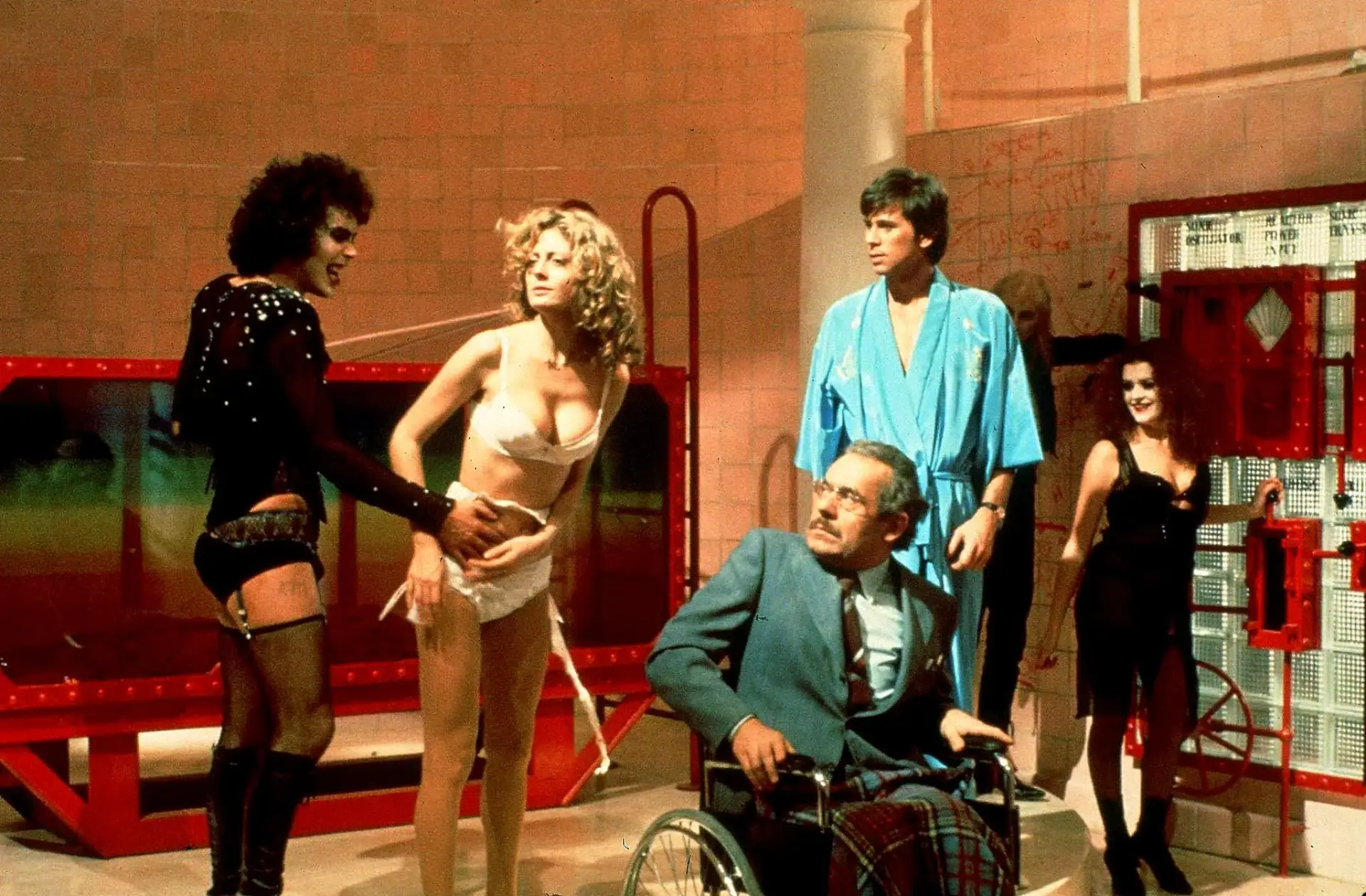
As the phenomenon grew, fans came up with increasingly creative ways to enhance the experience. At the Waverly Theater, attendees not only sang and danced but also dressed up as the characters, paying attention to even the smallest details of their costumes. They also shouted their own humorous responses during dialogue breaks. Fans in other cities soon followed suit. Eventually, larger theaters began hiring performers from the fan community to lead interactive experiences during screenings, including shouting trivia about the film and explaining participation rules to newcomers. Merchandising, such as T-shirts and pins featuring characters, became widespread—unprecedented at the time. A couple of fans even got married immediately after a screening. Audiences brought props like water guns to mimic rain during storm scenes and threw rice during wedding sequences. Remarkably, this cult following has never truly disappeared. Several American theaters continue to show the film, maintaining an unbroken run of 38 years—a Guinness World Record. Even today, reports online suggest that it’s impossible to watch The Rocky Horror Picture Show “normally,” as audiences still bring rice, sing, dance, and enjoy themselves as part of the tradition.
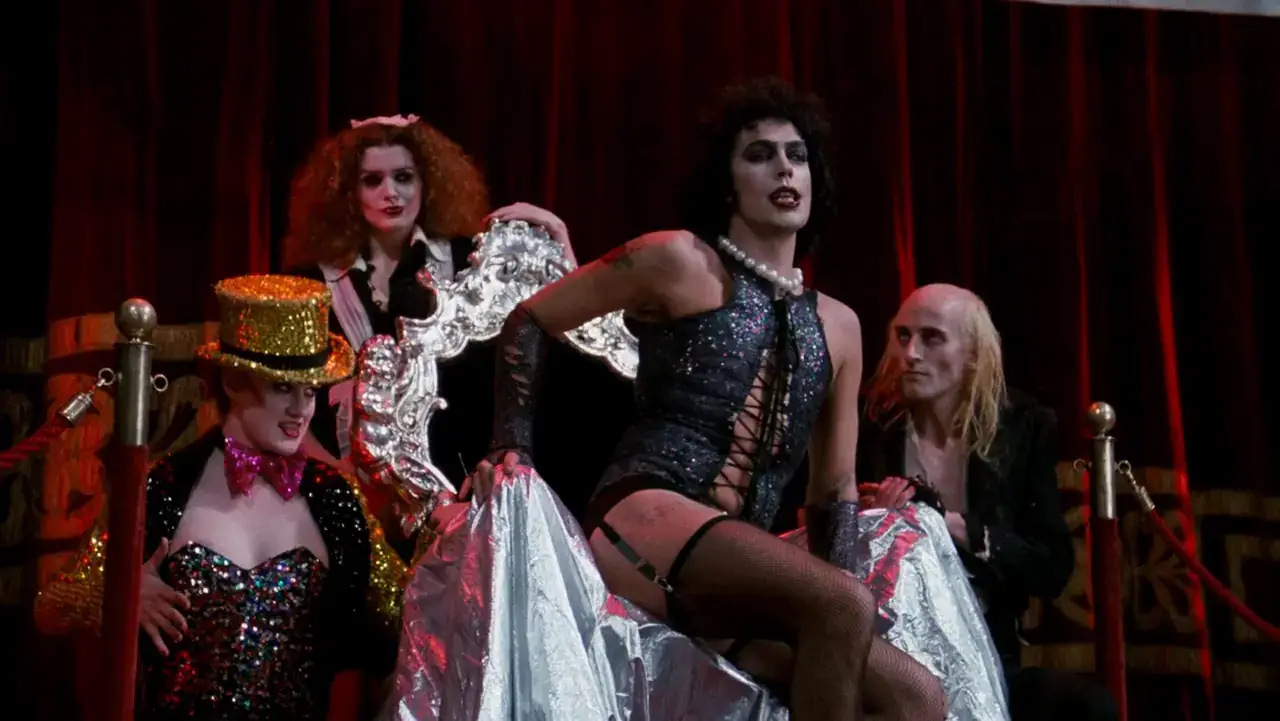
From today’s perspective, it’s difficult to pinpoint exactly why The Rocky Horror Picture Show inspired such an extraordinary cult following. According to Sal Piro, one of the musical’s biggest fans, the film’s success lay in its promotion of open-mindedness among young viewers. Other critics and film historians have suggested that The Rocky Horror Picture Show translated avant-garde ideas about culture and sexuality into a language accessible to teenagers. Some fans attribute the film’s cult status to Tim Curry’s charismatic portrayal of Dr. Frank-N-Furter, whose character was reportedly inspired equally by Mick Jagger, David Bowie, and Curry’s own mother.
Importantly, The Rocky Horror Picture Show actively encourages viewers to join in the fun and is far lighter and more enjoyable than other midnight screening hits like Night of the Living Dead or Eraserhead. Characters frequently break the fourth wall and address the camera directly. The film is also filled with references that fans of horror and science fiction films can appreciate. The opening song, “Science Fiction/Double Feature,” sung by red-painted lips on a black background, references classics like The Day the Earth Stood Still, King Kong, The Invisible Man, and Forbidden Planet. The references continue throughout the film, with one character’s hairstyle mirroring Bride of Frankenstein and a climactic scene re-creating King Kong’s iconic climb up the Empire State Building.
The plot itself is a mash-up of three recognizable science fiction and horror tropes. The first begins with the main characters, Brad and Janet, traveling during a storm, getting a flat tire, and seeking shelter in a nearby castle. The second involves Dr. Frank-N-Furter, a parody of Dr. Frankenstein, who seeks to create the perfect lover rather than reanimate the dead. The third trope emerges in the film’s sci-fi-inspired finale.
These elements combined to create a wholly unpredictable and unrepeatable phenomenon. No subsequent film, aside from blockbusters, has enjoyed such a widespread cult following. Even the 1981 sequel, Shock Treatment, despite Richard O’Brien’s years of effort and numerous revisions, failed to replicate its predecessor’s success. Although it appealed to Rocky Horror fans, Shock Treatment never gained significant popularity and is largely forgotten today. Meanwhile, The Rocky Horror Picture Show remains a timeless cult classic, still shown at midnight screenings, with shadow cast performers bringing the eccentric world of Dr. Frank-N-Furter to life.

